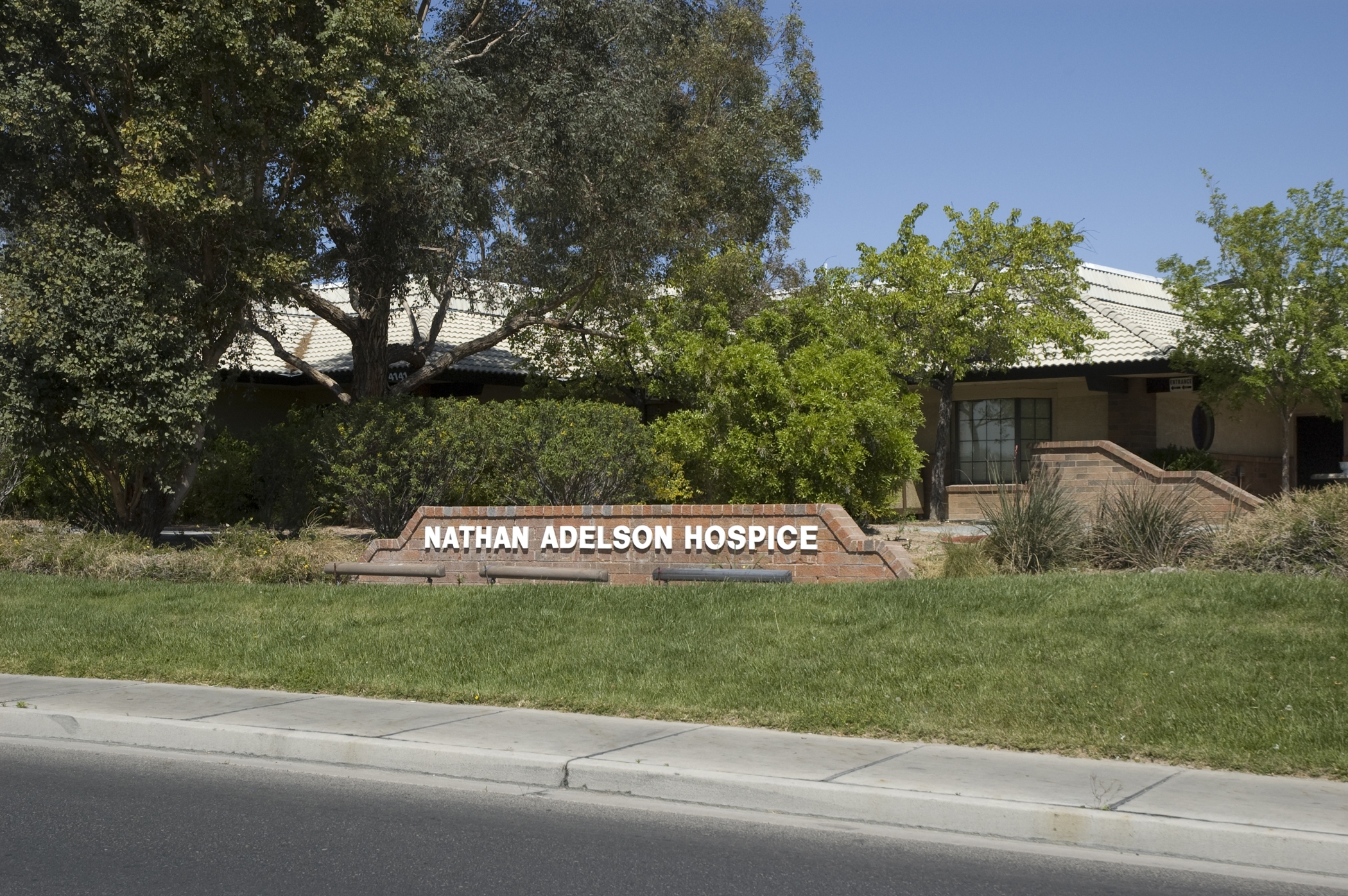Blog
- Details
Nathan Adelson Hospice hosted “Embracing the Journey,” the 15th Annual Multicultural Conference and Luncheon at Palace Station February 27, 2019.
Throughout the event, insightful presentations and lively discussion emphasized that helping patients and families to make the best choices for end-of-life care begins with an appreciation of how different cultures think, feel and act when it comes to matters related to death and dying.
- Details
The people of Nathan Adelson Hospice share a passion for making a difference in the lives of others. Each day we provide comfort and care for people in our community during their end-of-life journey. When people become aware of hospice or have personal experience with hospice care, they are often inspired to ask, “How can I get involved?” A very personal and satisfying way to get involved is to volunteer.
- Details
How Nathan Adelson Hospice differs from other hospice organizations
Choosing a hospice company is among one of the most important decisions you’re likely to make. Whether it’s for yourself or a loved one, you only want only the best care and the maximum comfort possible. Knowing that you might not be the one making the decisions when the time comes means it’s even more important to put thought into your advance directives now and choose a hospice company that meets your needs. While there are many options out there, we are confident you’ll agree Nathan Adelson Hospice is the top choice in Southern Nevada for hospice care.
- Details
Imagine the challenges of dealing with a loved one’s end-of-life care with the added complications of language barriers and fears your traditions or heritage will not be honored? For many hospice and palliative care patients, this is the reality. The 2017 National Healthcare Quality and Disparities Report indicates minority patients were less likely to receive end-of-life care consistent with their wishes and had less knowledge about end-of-life care and advance directives.
- Details
Massage and reflexology are two relaxing modalities used at Nathan Adelson Hospice but not too many people know the difference. The easiest way to explain it is that massage therapists work the musculature of the body and can work all over. For our hospice patients, they use long, slow strokes with light pressure whenever that’s possible. If necessary, they can adjust the stroke for specific areas as requested. For example, perhaps the patient has a PICC line on the arm that’s aching or a dressing on tense shoulders. Neither of those things would prevent the therapist from working to help you; they would only cause her to adjust her methods.
- Details
By Lisa M. Browder
A good therapy dog has extensive obedience training, loves strangers, can focus on the job at hand even if other dogs are present, is comfortable being touched or hugged by a frail population (or even a patient’s children or grandchildren), and is able to deal with stressful situations in a calm manner. Sometimes that may mean that the handler should wait until the dog is a little older but that is something that an observant handler will know while training the animal. Is he prone to jumping up on people, pawing at them, licking them? Those are undesirable traits that are more commonly seen in younger dogs.
- Details
By Lisa M. Browder
Soothing music is always welcome in the hospice environment. It has the capacity to reduce physical symptoms of pain and agitation, and alleviate feelings of fear, anxiety and loneliness. This can add immensely to a patient’s quality of life and a family’s impressions of a “good” hospice experience.
- Details
Hospice work is most assuredly fulfilling but it can at times also be exhausting. We’re in a profession where people constantly tell us to take care of ourselves – get a good night’s sleep, drink plenty of water, try meditation at the end of the day, eat right. All of these things are meant to help us replenish and restore balance in our lives, as well as our emotions and our spirits. We deal with very raw emotions of patients and families on a daily basis and that can take a toll if we don’t allow some time for ourselves.
- Details
Spikenard essential oil comes from the Valerianaceae family, the same one from which we get Valerian. Both have calming and sedative properties and Spikenard is also anti-inflammatory, bactericidal, deodorant, fungicidal, laxative, sedative and tonic. It is known to be non-toxic, non-irritating and non-sensitizing.
More Articles ...
Recent Blog Posts
- October 13, 2021Monthly Donor Spotlight — Cassandra
- October 13, 2021A Long Life of Service and Love
- August 03, 2021COVID-19 Vaccine— One Physician's Story
- October 30, 2020A Veteran’s Final Sacrifice
- October 28, 2020One Final Vote - A Hospice Story
- July 15, 2020"Camp In a Box" Brings Comfort and Fun
- July 10, 2020 Hospice Story - Helping Veterans During the Pandemic






